Street Games
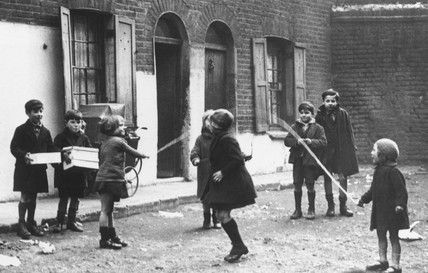
I’ve been going through the book by Iona and Peter Opie entitled ‘Children’s Games in Street and Playground’ and it took me back to lots of fun we, as children, used to have. I’ll repeat this subject soon in another edition of Streetwise as there are too many to fit into one article. I wonder if you remember these as fondly as I do ?
Although it has a hundred different names from Dobby in Nottingham to Nag in Birmingham and from Taggie in Aberdeen to Tugger in Gateshead, the game we used to call ‘Tig’ is probably the most universally played street game of them all. The idea is simple, the person who’s ‘on’ runs after everyone else and if they ‘tig’ them, they are on. And so on ! There were some variations such as ‘Lame Tig’ where if you touched someone, they had to hold the part of their body touched whilst chasing everyone else. You can imagine where people were ‘tigged’ or should that be ‘tug’ ? Then there was ‘Tig on High’ where you couldn’t tig anyone whose feet were off the ground. This was a particularly good game in the school playground where there were drainpipes to cling onto or steps you could stand on. ’Ball Tig’ was another variation in which, instead of touching them with your hand you threw a ball at them. If you hit them, they were on ! In Welshpool this was known as ‘Poison Ball.’ A further variation, and one that could cause some pain if it got out of hand was ‘Chain Tig.’ Here, if the person ‘on’ touches someone they had to hold hands and chase everyone else. In the street or playground you might often see a chain of twelve or more children chasing an isolated child. The danger was, if you were on the end of the chain you could experience a whip effect and go clattering into a wall or railings ! Dangerous ! In London this game was called ‘Sticky Toffee’ whilst in Orkney it was ‘Fishes in the Net.’
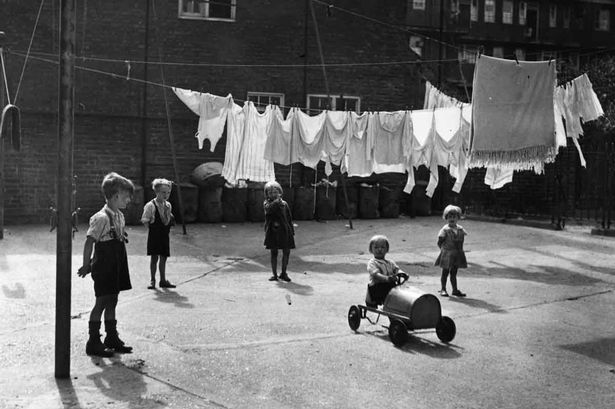
Another street game was Really-o or ‘Kick out Can’. This required someone to be ‘it’ who ‘held the fort’ which was a tin can, often in a circle drawn on the street. After counting (usually up to a hundred in fives and shouting ‘Coming Ready or Not !’) the person who was ‘on’ went out to find the others and if he tigged them they went together to look for anyone else. If, however, someone was able to sneak to the can and kick it, all those caught were released and the game started again. This game was called ‘Rin Tin Tin’ in Norwich and ‘Tin Tan Tommy’ in Fulham.
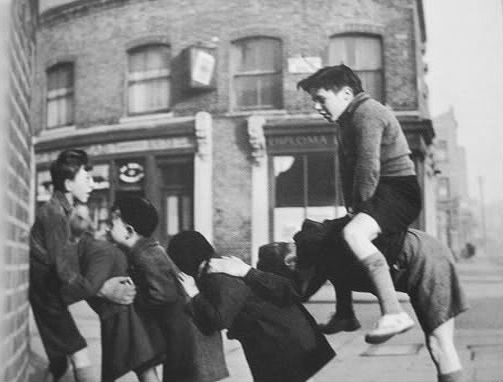
And do you remember a game called Salt ? This is a game that was banned for a time at Moorhouse School in Milnrow because it was too dangerous. Basically, one child stands with his/her back against a wall. Another child bends over and puts his/her head against the first child’s stomach then another does the same but behind the second, making a train of children’s backs for another team to jump onto. When all the children from the other team are sitting on the backs of the first team they (at Moorhouse) chanted ‘Buck-up Buck-up, how many fingers have I got up ?’ If the team forming the backs guess correctly, they then are the jumping team but if they get it wrong they are asked again and a third time before being subjected to another episode of being jumped at and sat on. It was dangerous because it led to collapses or ‘sags’ as they were called of those forming the train of children. It’s called all sorts throughout the UK – ‘Bung the Barrel’ in Croydon, ‘Pomperino’ in Cornwall. What is completely amazing given what we chanted in Milnrow, was that a serving boy in ‘The Satyricon’ written in AD 76 asks ‘Bucca, bucca, quot sunt hic’ meaning ‘Bucca bucca, how many are here ?’ We had no idea in Milnrow that we were chanting something that they chanted in Ancient Rome !
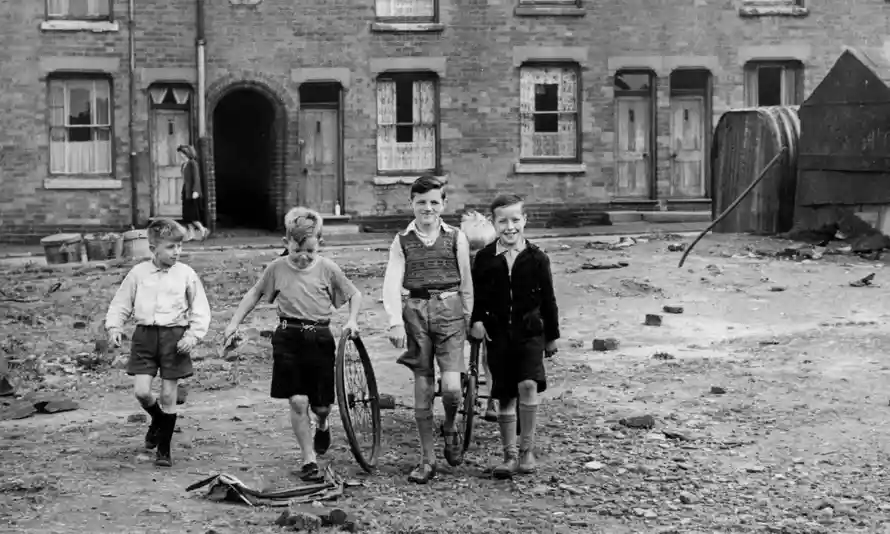
A more gentle game was ‘I Draw a Snake.’ Here, one child had to face a wall and another from a group of children (without showing who) had to outline a snake on their back with their finger whilst everyone chanted ‘I draw a snake on a person’s back and who do you think will tip it’ whereupon someone pokes the person facing away who then has to guess who’d done it. If they were right they turned and chased that person and if caught, they were then ‘on’. If they were wrong the chanting started again. At least I think that’s how we played it.
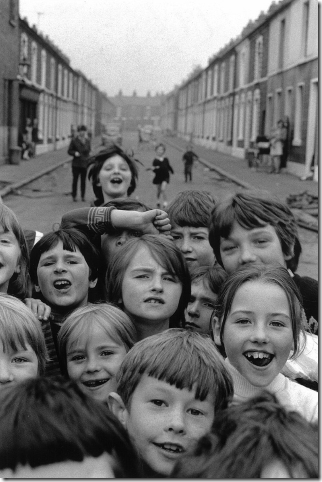
A similar sort of a game was ‘Farmer, Farmer.’ This involved one child standing on one side of the street and all the other children on the other side. The group of children would chant ‘Farmer, farmer, Can I cross your golden river ?’ At that point the ‘farmer’ would say for example ‘Not unless you have blue socks.’ Whereupon the children with blue socks take a step across ‘the river’. The game continues until one child gets close enough to tig them and run away. If they were caught they would be ‘on’, if not the same ‘farmer’ would have to go again.
What’s interesting about the last game here is that it suggests streets where children could play safely games like ‘Farmer, farmer’ or chain tig and it’s a great pity that children have so little opportunity these days to play and thereby develop themselves alone or in groups as much as they used to do.